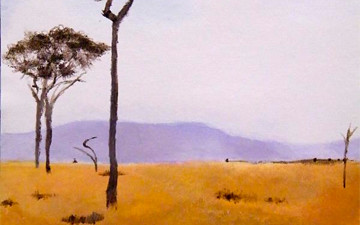The Serengeti ecosystem is a geographical region located in north-western Tanzania and extends to south-western Kenya between latitudes 1 and 3 S and longitudes 34 and 36 E. It spans some 30,000 km2 (12,000 sq mi).
The Serengeti hosts the largest and longest overland migration in the world, a perpetual annual occurrence. This migration is one of the ten natural travel wonders of the world.
The region contains several national parks and game reserves. Serengeti is derived from theMaasai language, Maa; specifically, “Serengit” meaning “Endless Plains”.
Approximately 70 larger mammal and some 500 avifauna species are found there. This high diversity in terms of species is a function of diverse habitats ranging from riverine forests, swamps,kopjes, grasslands and woodlands. Blue Wildebeests, gazelles, zebras and buffalos are some of the commonly found large mammals in the region.
Around October, nearly 2 million herbivores travel from the northern hills toward the southernplains, crossing the Mara River, in pursuit of the rains. In April, they then return to the north through the west, once again crossing the Mara River. This phenomenon is sometimes called the Circular Migration. Over 250,000 wildebeest alone will die along the journey from Tanzania toMasai Mara Reserve in upper Kenya, a total of 800 kilometres (500 mi). Death is often caused by injury, exhaustion, or predation. The migration is chronicled in the 1994 documentary film, Africa: The Serengeti.
(From Wikipedia, June 3rd, 2010)


